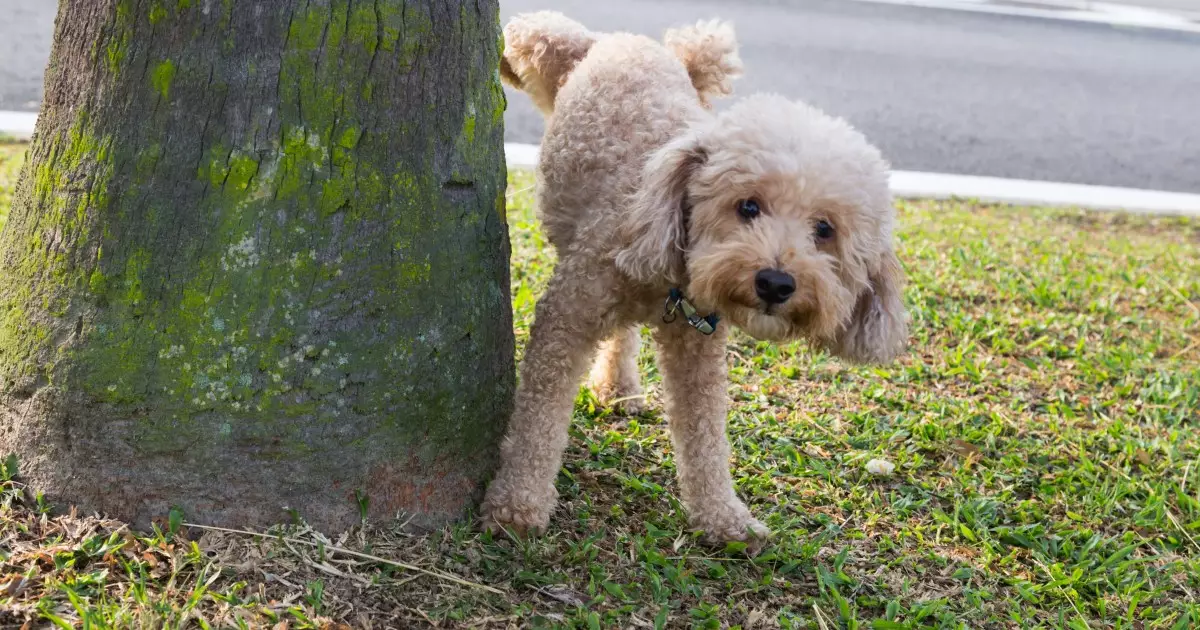Bringing an adult rescue dog into your home is a noble and rewarding endeavor. However, it often carries the baggage of imperfect housetraining. Many of these dogs arrive with a patchy history, where previous owners may have neglected the importance of consistent potty training, or they’ve spent extended periods in shelters with limited outdoor time. The prospect of teaching an older dog to eliminate outside might feel daunting, but it’s essential to adopt the right mindset. With the right techniques, you can expedite the learning process and transform your dog’s habits into reliable routines.
The Crucial First Days
The initial days following your dog’s arrival are pivotal in laying the foundation for effective housetraining. Timing is everything. In those first few days, create an intentional schedule that prioritizes regular bathroom breaks. Adult dogs may require more frequent outings than you anticipate, especially if they’re adjusting to a new environment that’s significantly different from what they’ve known. If your daily obligations hinder your ability to provide midday relief, consider enlisting the help of a pet sitter or a trusted neighbor. Even if it means bartering services, it’s an investment that can yield significant dividends in your dog’s wellbeing—and your home’s cleanliness.
By establishing a consistent routine, you’ll limit the chances of indoor accidents. Remember, this isn’t just about preventing mess; it’s about indicating to your dog the importance of specific behaviors in specific places. Routines foster security and understanding, allowing your dog to thrive.
The Power of Crate Training
Crate training can be a game changer in your housetraining process. Given dogs’ natural instincts to avoid soiling their sleeping areas, a crate can help them develop better control. When introducing your dog to the crate, ensure it is appropriately sized. A crate too large can offer a temptation for your dog to relieve themselves in one corner while enjoying the rest of the space. Conversely, a space that’s too snug can induce anxiety. By placing the crate in a busy area of your home, your dog will feel less isolated and more a part of the family dynamic.
Contrary to popular belief, using a crate is not a form of confinement but rather a sanctuary where your dog can decompress. With proper use, your canine companion may even prefer its quarters during the day, further establishing it as a safe retreat.
Setting the Elimination Zone
Selecting a consistent outdoor “elimination station” is crucial in easing your dog into understanding where it’s appropriate to go. Dogs are creatures of habit, and by designating a specific spot for bathroom breaks, you help them form a strong connection with the area. When you take your dog outside, resist the urge to engage them in play or conversation. Instead, give them the space to explore. As they begin to relieve themselves, use a specific command, like “Go potty” or “Hurry up,” to help them associate these words with the action. Your efforts here will eventually lead to a dog that can relieve itself on cue—a tremendously beneficial skill for travels or busy days.
Remember, the process involves plenty of encouragement. As soon as your dog eliminates outdoors, shower them with enthusiastic praise and perhaps a treat. This immediate reinforcement strengthens their understanding that outdoor eliminations are not just allowed, but celebrated!
Cleansing and Consistency
Despite even the most diligent training, accidents will happen. The key is managing these slip-ups correctly. If you catch your dog in the act, a gentle interruption can help redirect them outside. If an accident has already occurred, the focus should shift to cleaning. Don’t use ammonia-based products, as their scent resembles urine to dogs. Instead, look for enzymatic cleaners that target odor at the source.
Accidents can be teachable moments. Whenever possible, reinforce correct behavior rather than punishing for mistakes, as negative reinforcement only breeds anxiety and confusion. Clearing the area thoroughly minimizes the likelihood of repeat incidents, paving the way for better habits.
Housetraining your adult rescue dog is not just a necessity; it’s an opportunity to build a strong, trusting relationship with your canine friend. With patience, love, and a structured approach, the process can transform not only your dog’s behavior but also enhance the bond between you. After all, positive reinforcement will pave the way for a happy, well-adjusted pet that is a joy to have around.

